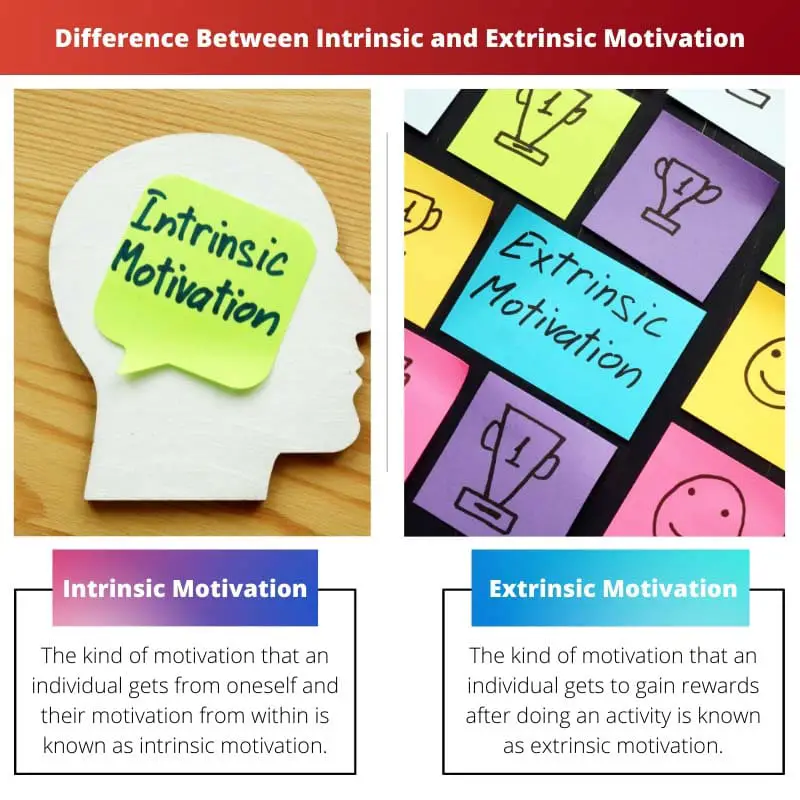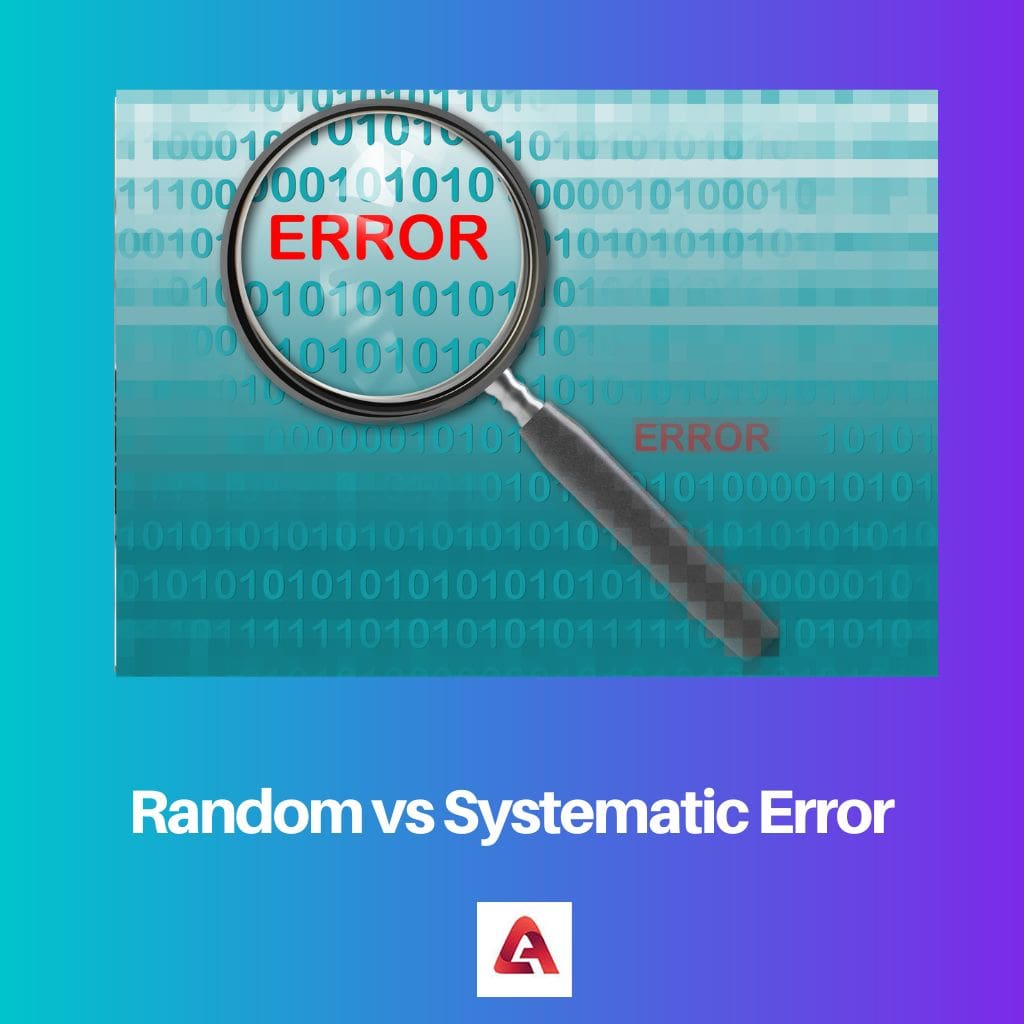Humans tend to achieve their goals by simply taking up the tasks that they need to perform. Sometimes while we are achieving our goals, we face some predicaments and feel like giving up.
While we are at our lowest, there are a few things that are enough to keep us afloat. And once we gain acquaintance with those things, we are good to go. Motivation is one of those things that is enough to keep us afloat.
If we get it in the right way, we bounce back with more confidence and start working to achieve our goals. However, motivation can be either intrinsic or extrinsic.
Key Takeaways
- Intrinsic Motivation comes from within oneself and is driven by internal rewards such as personal satisfaction, enjoyment, and a sense of accomplishment.
- Extrinsic Motivation comes from external rewards like money, recognition, or praise and is driven by external factors or the desire to avoid negative consequences.
- Intrinsic Motivation is more sustainable in the long run, as it encourages individuals to pursue their passions and interests. At the same time, Extrinsic Motivation may lead to burnout and a lack of fulfilment.
Intrinsic vs Extrinsic Motivation
The difference between intrinsic and extrinsic motivation is how an individual gets it. An individual gets intrinsic motivation from within or by pursuing something they like, and when a person doesn’t emphasise the reward they might get after completing a certain activity, on the other hand, an individual gets extrinsic motivation when they do an activity to gain something and when they do it for gaining a reward.

The kind of motivation an individual gets from oneself and the motivation they acquire from within is known as intrinsic motivation. For instance, when a person does something without thinking of the reward they might get after doing that thing.
When a person does something to gain experience and not to gain a reward or a prize if a person is intrinsically motivated, then that person ought to emphasise learning several things while performing the activity, and the person does not emphasise the reward or the prize.
An individual’s motivation to gain rewards after doing an activity is known as extrinsic motivation. The kind of motivation that is dependent on external rewards is known as extrinsic motivation.
When a person is intrinsically motivated, then that person ought to emphasise the reward that the person can get after completing a certain activity. It is a relatively easier way to motivate people so that they can complete a certain activity.
Comparison Table
| Parameters of Comparison | Intrinsic Motivation | Extrinsic Motivation |
|---|---|---|
| Meaning | The kind of motivation that an individual gets from oneself and their motivation from within is known as intrinsic motivation. | The kind of motivation that an individual gets to gain rewards after doing an activity is known as extrinsic motivation. |
| Emphasis | Action | Reward |
| Process | Value-driven | Reward-driven |
| Elements | Acquiring happiness and satisfaction while performing the activity. | Rewards and prizes are considered significant for the completion of the activity. |
| Examples | 1. A person taking up a job he/she likes to gain experience and satisfaction. 2. A person cleaning his or her room just because he/she likes it tidy. 3. A person trying to study a subject because it is fascinating. 4. A person participating in a sport to gain experience and enjoy it. 5. A person trying to contact another person to have good times. | 1. A person taking up a job to earn money. 2. A person cleaning up his/her room so his/her parents won’t punish him/her. 3. A person trying to study a subject to gain good scores. 4. A person participating in a sport to gain rewards or prize. 5. A person trying to contact another person just to gain attention and personal advantage. |
What is Intrinsic Motivation?
The kind of motivation an individual gets from oneself and the motivation they acquire from within is known as intrinsic motivation.
This kind of motivation focuses on completing an activity without caring about the reward and the things one can learn during the process.
There are several factors necessary and important in intrinsic motivation. However, some theorists consider self-determination and competence the two main factors.
Several factors are responsible for causing intrinsic motivation. These factors include curiosity, challenge, recognition, cooperation etc. The sole pleasure of learning and mastering is gained when any of these factors are present within an individual.
Intrinsic motivation is considered a sustainable kind of motivation.
It interests people to focus on the attributes necessary for one’s personality development and overall life rather than giving importance to materialistic rewards or prizes.
To employ it, one can try to focus on the values that can be gained while performing an activity.
There are several examples of intrinsic motivation. An example of intrinsic motivation is a person trying to opt for a job that he/she likes to gain happiness and satisfaction rather than opting for a job just to earn money.
It is a value-driven motivation that helps individuals shape their personalities better.

What is Extrinsic Motivation?
An individual’s motivation to gain rewards after doing an activity is known as extrinsic motivation. This kind of motivation puts focus on the external prizes and rewards that one can get after completing a certain task assigned to them. It is a reward-driven motivation.
This kind of motivation depends on the reason or the reward that motivates the activity. The person is interested in the outcome rather than the values that can be gained while performing the activity. These external rewards can be anything. They can be money, prizes or even a threat of reprimand.
The rewards involved in extrinsic motivation may lead to overjustification, as proposed by some theories. The decrease in a person’s intrinsic motivation because of external rewards is known as the overjustification effect.
The intrinsic motivation is undermined in this effect because the person who didn’t think of the reward starts thinking about the reward and shifts to extrinsic motivation.
There are several examples of extrinsic motivation. An example of extrinsic motivation is a person opting for a job to earn just money and not opting for a job to gain happiness and satisfaction.
Extrinsic motivation is reward-driven and puts a person in a place where he cares more about the outcome. Although there is one advantage of extrinsic motivation, it is a relatively easy motivation to instil among people.

Main Differences Between Intrinsic and Extrinsic Motivation
- The kind of motivation an individual gets from oneself and the motivation they acquire from within is known as intrinsic motivation. On the other hand, an individual’s motivation to gain rewards after doing an activity is known as extrinsic motivation.
- Extrinsic motivation is reward-driven motivation. On the contrary, intrinsic motivation is value-oriented motivation.
- In intrinsic motivation, action is emphasized. On the other hand, in extrinsic motivation, the reward is emphasized.
- The elements included in intrinsic motivation include achieving joy, contentment, and happiness while doing a certain activity. On the other hand, the elements included in extrinsic motivation include the completion of an activity where rewards, prizes, and outcomes are considered significant.
- An example of intrinsic motivation includes a teacher teaching students to instil values and attributes in them for their happiness and satisfaction. On the other hand, an example of extrinsic motivation includes a teacher teaching students to earn money.





